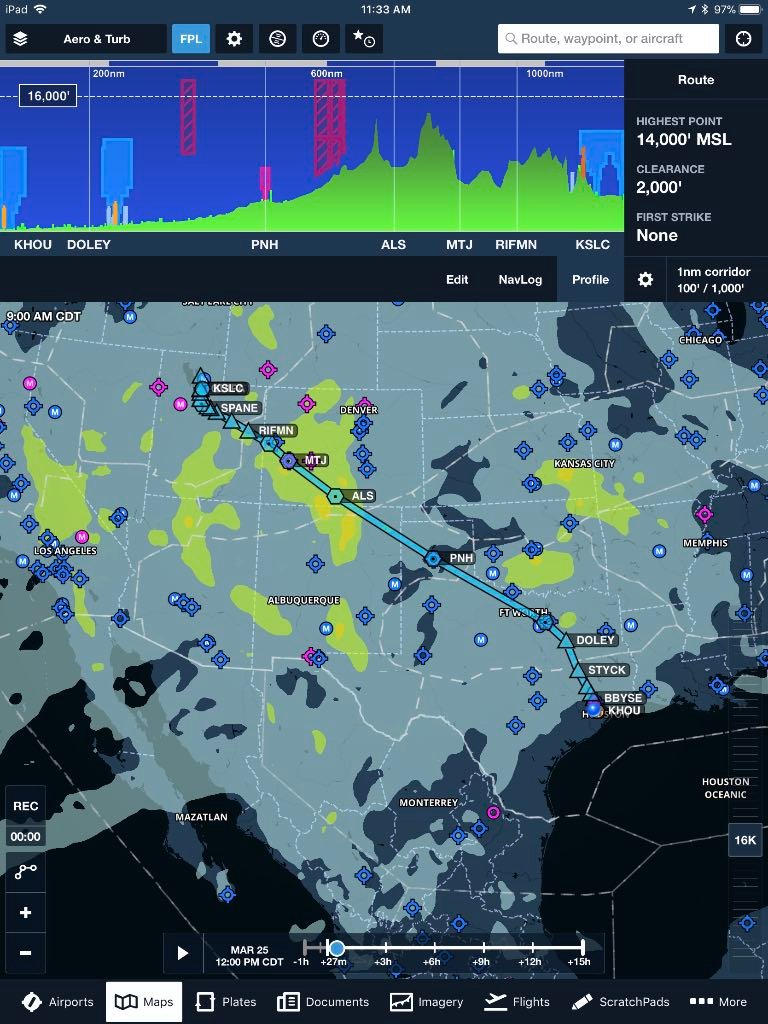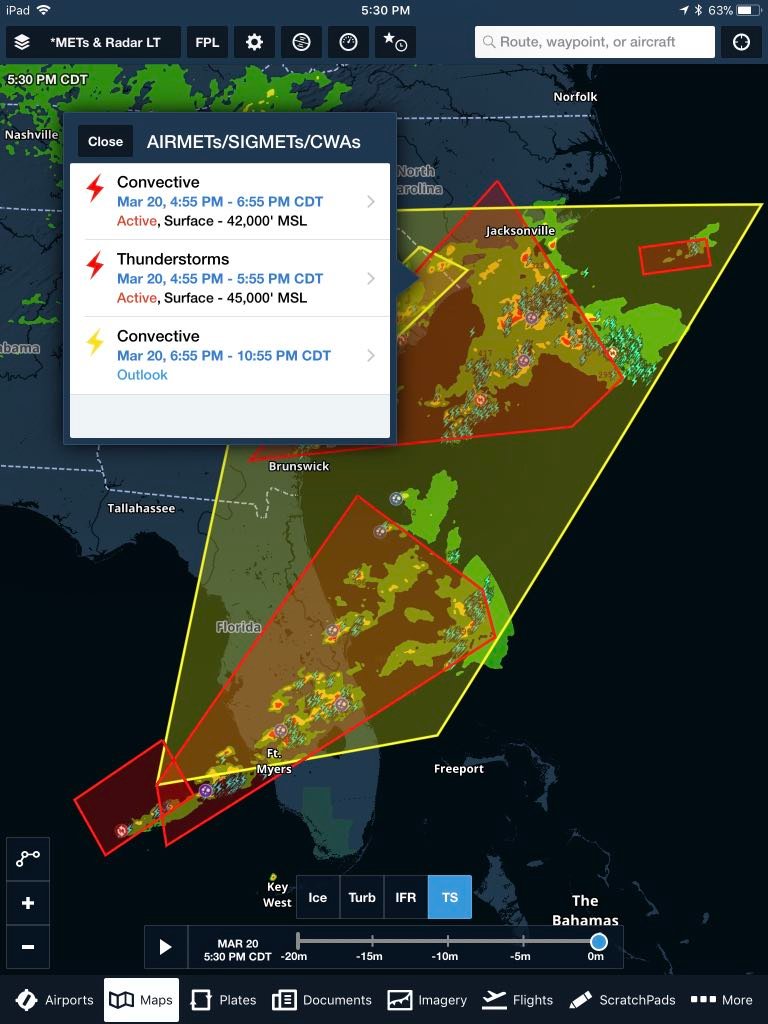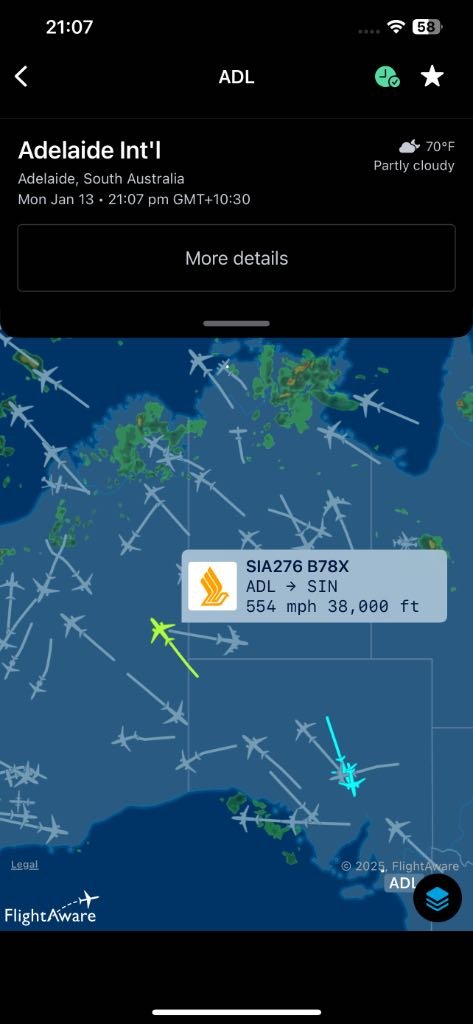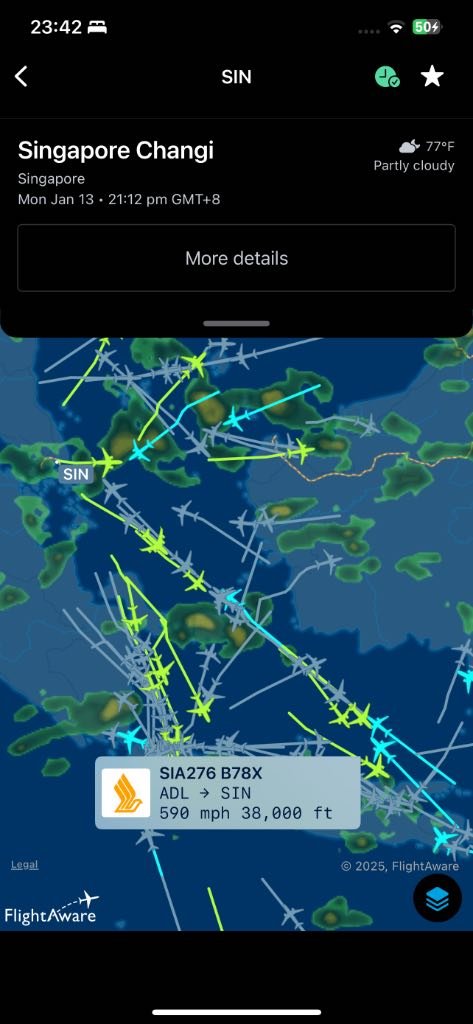Turbulence, Avoidance and Legalities
Turbulence is becoming a real issue flying, especially on long haul flights where there’s more chance of it happening.
I won’t get into the scientific or technical explanation of how and why turbulence happens and whether it is exacerbated by climate change, etc. I’m more interested whether the passengers aboard flights can be notified visually of bad weather (and the possibility of turbulence) instead of being warned by a chime and a seat belt sign lighting up.
Before take off the captain or co-pilot make an announcement—the one where they welcome you on board and give some general info on the flight including if there’s chance of bad weather or turbulence, etc.,—is the only time, except when required during the flight, the cockpit makes any weather related announcements known. The question I’m posing here; should passengers know more about weather en route and should this information be added to the onboard IFE (In-flight Entertainment) system?
There are weather apps one can view independently of the IFE. Perhaps while connected to the onboard Wi-Fi. These apps are specifically designed for pilots and show weather forecasts en route. I’ve tried to find a suitable app. Unfortunately the free ones all fall short. Some don’t have weather maps and others that do only show those for North America. Not good for world travellers.
There is an app called ForeFlight used by pilots and a companion app ForeFlight Passenger, for passengers. With ForeFlight pilots can forward flight information to passengers who have the Passenger app on their smart device. However, and I hope to be corrected, weather is not one of them. All other information is the same as what one sees on their IFE, only in a different format. ForeFlight Passenger could be an option if the weather info was made available.


For the time being I have been using an app called FlightAware. It is not a weather app and it is not just specifically targeted at pilots but also to avgeeks (aviation geeks). It checks flights, airport traffic and has layered maps including one showing cloud cover, rain and bad weather (depending on the colour scheme used). The other apps are designed for pilots and have more detailed weather maps and graphics showing wind conditions and bad weather at different altitudes, etc., and also predictions of turbulence, but most of these apps require you to register and are not free. FlightAware is free and does not require registration (unless you want more detailed information with the paid pro version). Although not perfect for predicting weather, FlightAware has enough info to gauge where turbulence caused by bad weather may be occurring. However, it’s not good for predicting clear air turbulence and for a good reason. Clear air turbulence caused by quick moving air (jet stream) can be unpredictable and harder to avoid. Even professional pilots can get caught out. Most times they rely on other pilots ahead for warnings.


I fly regularly with Singapore Airlines and on their IFE they have Flight Path (Panasonic Voyager 3D) a programme showing the route taken. Other airlines have similar programmes. We get to see a lot of info, heading, altitude, air/ground speed, time at arrival/departure airport, headwind/tailwind, etc., but no weather.
So why don’t airlines make this information available on the onboard IFE systems? Is it because they do not want to be responsible if pilots fly through bad weather? It’s a tricky call to make. We put our trust and faith in professional pilots and expect them to do their utmost to take care and make flights as comfortable and as safe as possible for passengers and crew. Miscalculations can happen; not intentional of course. It’s in these situations litigation is always a possibility. It’s the sue mentality; now part of our nature. Blame and seek reparations. Perhaps this could be the reason why certain information is not made public and may not even come to light in court where settlements and reparations are made beforehand.
What I Suggest
My only advice is to stay belted up in your seat as much as possible. Of course within reason, only to get up for toilet breaks and some light exercise. If you require something at your seat get this sorted at time of boarding and before taxiing for takeoff. Grab anything you may want to use like: headphones, laptop, tablet, smartphone, cables, snacks, etc. and put them in the backseat pockets. Do this as soon as possible after everyone has boarded so you won’t be blocking the aisle, and try and avoid getting up to rummage in the overhead bins during the flight unless you know for certain there will be no turbulence (and this at your risk). Anything from the galley let the FAs take care of. I know many like to walk down to the back of the plane (or amidships) to get personal service but this can be avoided or kept to the barest minimum. Important to adhere to any announcements from the cockpit and respect the seat belt sign when lit. By not following instructions you may be deemed at fault and will have little or no legal ground should an injury or loss occur. This is not legal advice. It’s the best advice from a person who wants to avoid getting injured or causing injury. Let’s keep things as simple as possible and follow any directives from the crew on board.
Legalities
As this is not my department I cannot give legal advice only an opinion. I will make no further comments besides what I have already said. I suggest if you have been affected by turbulence, perhaps have had an injury or loss, it is best to take this up with a solicitor (lawyer) and seek their legal counsel.











